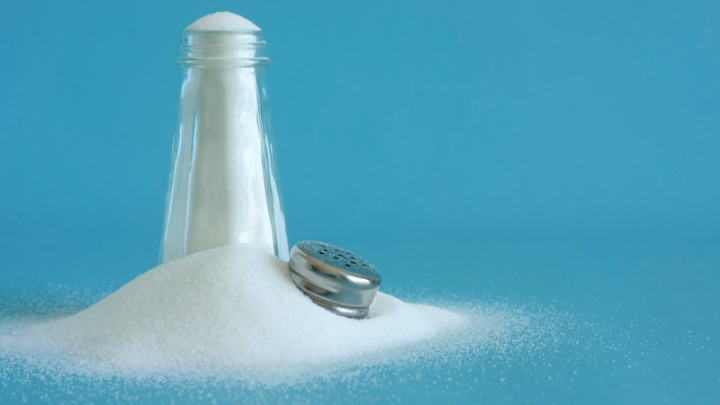(RxWiki News) Many Americans tend to eat more than 30 percent of the recommended daily amount of sodium.
The American Heart Association (AHA) recommends no more than 2,300 milligrams of sodium day. And now the ideal limit is moving to no more than 1,500 mg per day for most adults.
And 70% of the sodium Americans consume comes from packaged, prepared and restaurant foods — not table salt.
The AHA lists six popular foods that can add high levels of sodium to your diet. These foods are:
- bread and rolls
- cold cuts and cured meat (deli meats)
- pizza
- poultry
- soup
- sandwiches
1. Limit the "salty six" foods
Note what foods you are buying and eating. Look at the nutrition facts for details on how much sodium is in each serving. When trying to cut back, try limiting these foods or look for healthier swaps. For example: Choose fresh poultry, fish, pork, and lean meat instead of processed meats (cured, salted, smoked).
2. Avoid Ultra-Processed Foods
These packaged foods go through multiple processes when being made. They tend to contain a lot of ingredients in addition to salt.
Think soft drinks, packaged sweets, chips, candy, ice-cream, cereal, canned soup and more.
Think about how you can make one healthy swap. Here are a few examples, you can try.
- Instead of processed chips, can you make your own beet or sweet potato chips.
- Opt for sparkling water instead of soda.
- Buy a smaller size of candy bar than your regular go-to size.
- Try whole grain cereal instead of sugary cereals.
3. Prepare Your Own food (Home cooked meals)
Packaged foods and restaurant/take out meals are usually high in salt content. Prepare your meals at home and control the salt amount that goes in to your food.
4. Limit frozen foods
Many frozen foods are packed with salt. Read and compare the nutrition label and choose the one with the lowest amount of salt. Explore healthier options that you and your family will like just as much. Could you make your own pizza instead of a frozen option. Bonus tip: top with veggies for a boost in vitamins and fiber.
5. Add Flavor Without Salt
Skip the salt, and try flavoring your foods with garlic, lemon, herbs and/or spices.
6. Ditch the Salt shaker
Out of sight, out of mind. Remove the salt shaker from the table or your spice cabinet.
7. Choose whole, unprocessed foods
Think fruits, veggies, grains, legumes (beans, peas, lentils) and nuts. Start with adding whole foods to one meal.
8. Read Food labels
- Buy items labeled “low sodium,” “reduced sodium,” or “no salt added” when available.
- Compare nutrition facts on products and choose the product with the least amount of salt. Pay attention to the serving size.
Bonus tip: Rinse your canned veggies and reduce the sodium amount up to 23 percent.








